Paris is the city of cities and the place where romance lives and awakens dreams. Here’s something to come by; whether you come for sights, churches, museums, gastronomy, pleasant strolls or maybe just the romance.
Paris is one of Europe’s largest cities, and you can experience the impressive dimensions everywhere: in the Eiffel Tower, in the large squares and wide boulevards, in the Louvre art collection and not least on a trip to the fantastic castle of the Sun Kings Versailles.
Paris is a cornucopia of offerings. Here are top class attractions, fashion houses, parks, cafes and atmospheric areas such as the Latin Quarter and Montmartre. The Parisians themselves and the special ambience of the city just add extra dimensions to the plethora of opportunities for experiences, with café visits and tasty French food probably luring most.
If you want to get out of the city, you can wander around Versailles in a short time, try out the forces with the Galcars in Parc Asterix or take a walk through Walt Disney’s universe in the European Disneyland. Most of it is connected by Paris’ charming metro, whose most beautiful stations stand in fabulous art nouveau.
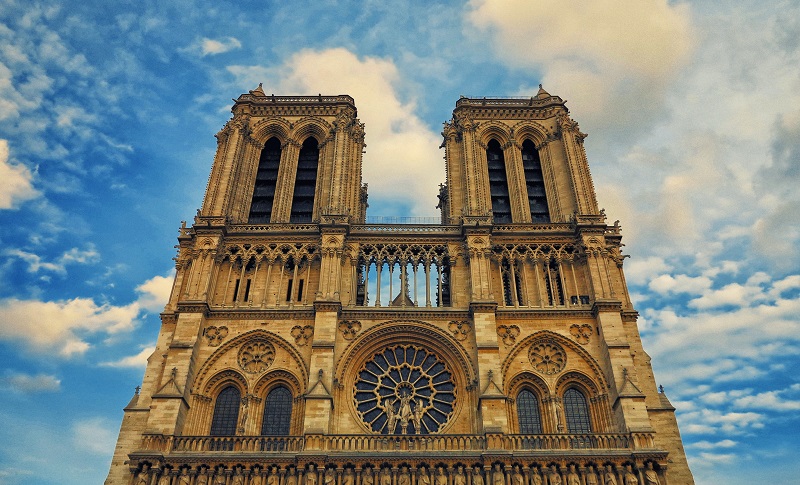
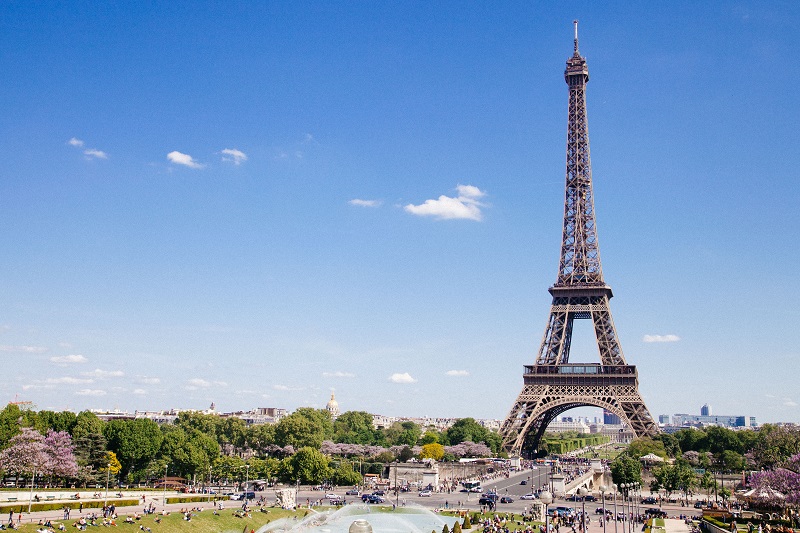
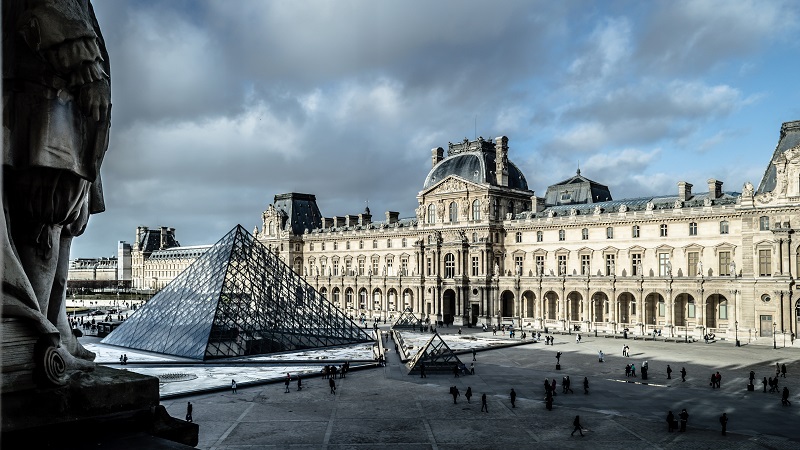
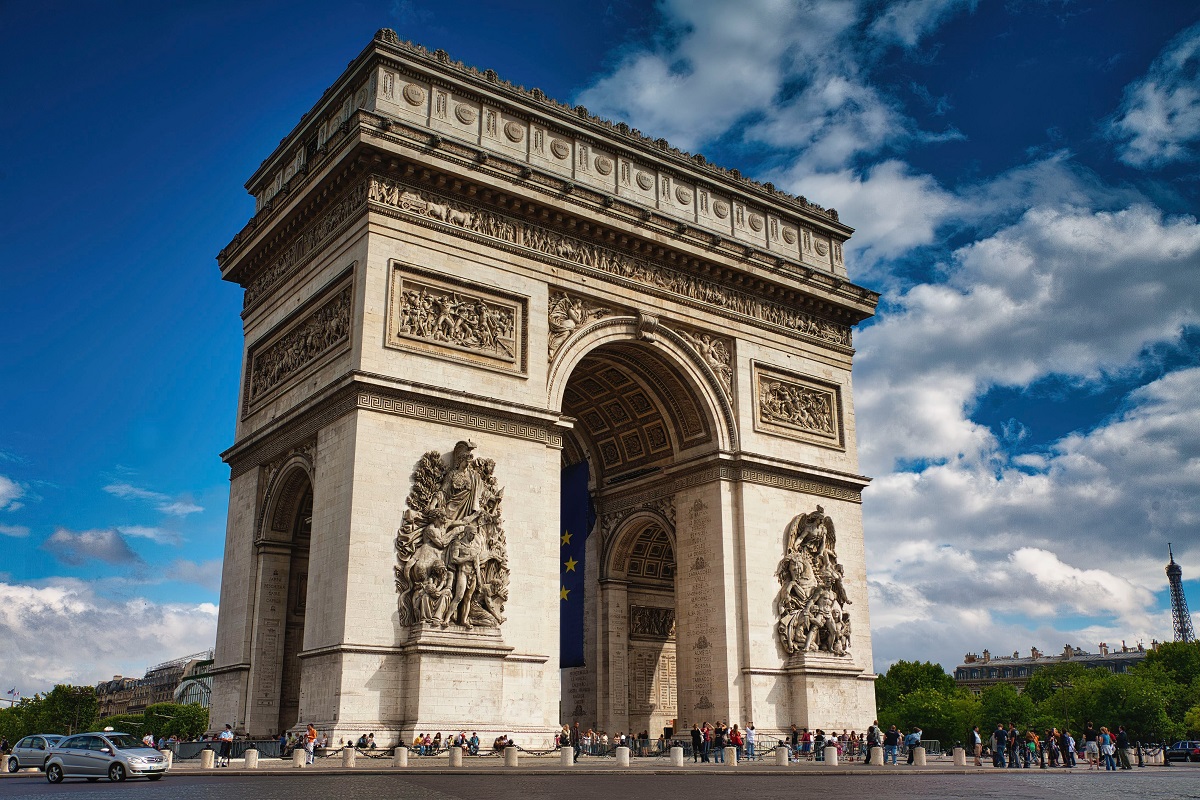
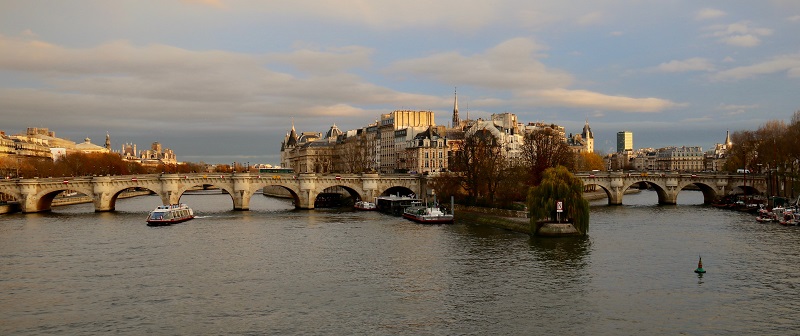
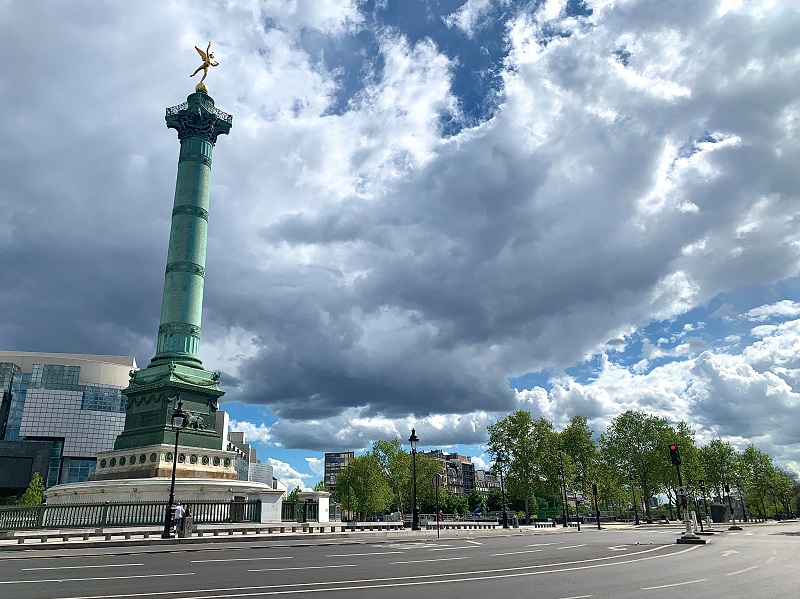
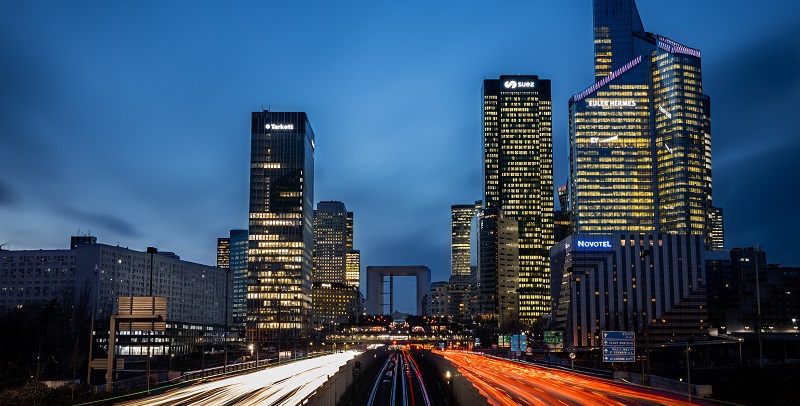
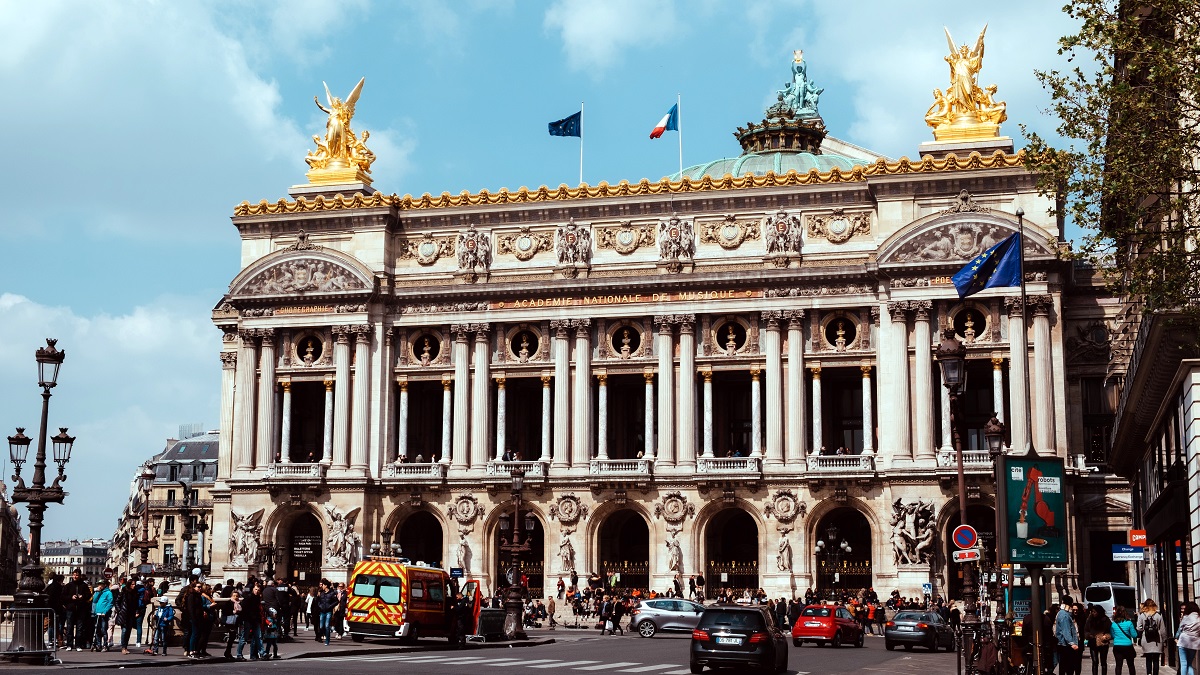
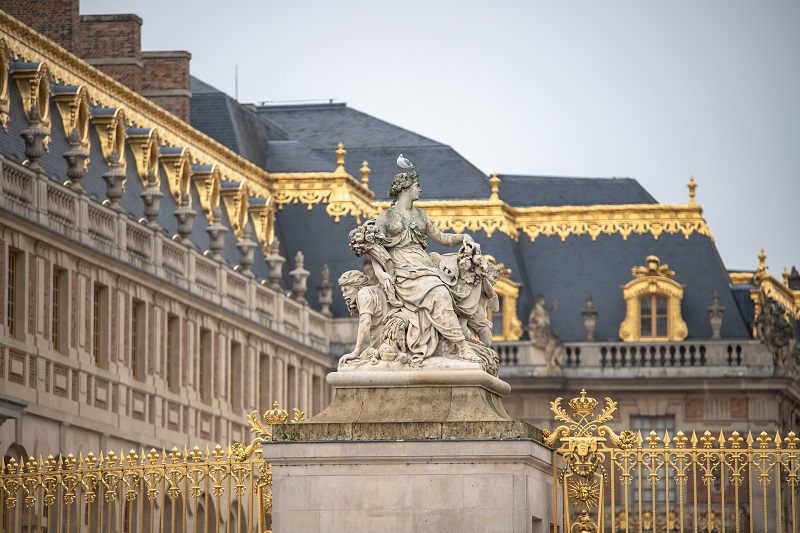
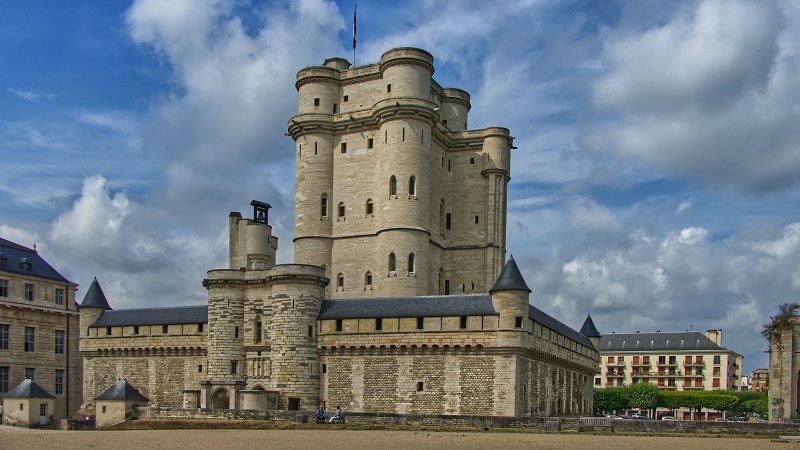
The first settlement of the area
It is believed that the first settlements in today’s Paris area took place about 250 BC before the birth of Christ, when the Celtic tribe Parasii settled along the Seine River providing fishing opportunities.
There have been various theories about the exact location of the Celts for the fishing village. Archaeological finds indicate that the earliest settled area is around the present suburb of Nanterre.
Roman Lutetia
The area around the Seine race was strategically good for a rising trade, and the river and land made the area relatively prosperous.
The expanding Roman Empire eventually reached the lands of the Celts, and during Caesar the city suffered defeat to the Romans in the year 52 BC. It happened when it reportedly sent 8,000 men to the cellar Vercingetorix’s army, which revolted against the Romans.
After the defeat of the Roman troops, the entire region was Roman and the Celtic settlement was demolished. In the strategically important place where the island of île de la Cité is located in the Seine, Rome subsequently founded the new city of Lutetia, which also became the beginning of present-day Paris.
Lutetia was built and operated as a Roman city, and through Roman times it grew sharply without becoming the capital of the province.
It was paved the streets according to a city plan that also included typical Roman institutions such as bath houses, an amphitheater and a central forum. A 26 kilometer long aqueduct was also erected to supply 2,000 cubic meters of water daily to the city’s fountains.
In the twentieth century, Lutetia became a Christian and Dionysus became the city’s first bishop. He was later sainted after being arrested and executed on the hill that was named Mons Martis and later Montmartre after this event in the middle of the century.
In the 300s, Lutetia was increasingly attacked and new defenses were erected. In 357, Emperor Constantine’s nephew Julian came to Paris as the new governor of the city. He later became a Roman emperor. In 360, Lutetia’s name was changed to Paris after the original Celtic tribe inhabiting the area.
The beginning of Paris’s downfall as a Roman city followed the downturn of the Roman Empire. In 451 Attila’s army was on its way to the city, but they turned south; a result that is reportedly due to Genevieve’s belief in protecting the city from Attila’s ravages. Genevieve was saintly recognized and remains the patron saint of the city.
New capital
The threats to Paris had not disappeared with Attila’s armies. In 464, the city was attacked and conquered by the French king Childerik I, whose son Klodevig I made Paris his capital in 508.
Despite its new capital status, Paris remained a small city with wooden buildings between the surviving structures of the Roman Empire. Paris’ fire in 585 meant for a time a stay in the city’s development, which during the following time under the Merovingian kings grew beyond the old city limits. Thereby suburbs were established on both sides of the Seine.
The descent from the 700s
With the Merovingian royal dynasty, Paris was the capital of the Frankish kingdom, but the dynasty finally in 751 meant that Carolingians with Pepin III could take the throne.
After Pipin III, Karl I became king, and he expanded the kingdom into what became the German-Roman Empire with imperial rule. Karl I moved the capital from Paris to Aachen, thereby losing some of its importance.
Throughout the 8th century the Danish Vikings besieged Paris numerous times. It came to fights and looting, but most of the time the Vikings were careful to pay for the city.
Capital again
The royal family came to power in 987, and with them Paris was again made the capital of France. With that status, it became increasingly important in the kingdom, which at the beginning was not much larger than the Paris region. Over the following centuries, the kings expanded France and thus also the land controlled by Paris.
It was a time of flourishing development, which included a number of buildings still standing today. In 1163 the construction of Notre Dame began. Les Halles from 1167, Louvre’s first plant from 1200, Sainte Chapelle from 1248 and Sorbonne from 1253 are other examples of the great progress made in Paris. The northern shore of the Seine was drained and built on wide areas.
In the 13th century Paris, there were approximately 100,000 inhabitants, and it was during these years that France became a great power. Economically and culturally, the city was the leader, and it was also at this time that Parliament was founded.
13th Century decline
The direct Capetingian line in the kingdom was broken in 1328, when England’s King Edward III claimed the throne of France. However, with the support of the French nobility, French Philip VI was able to rule in the years from 1328 until his death in 1350.
Against this backdrop, the dispute arose with England, which led to the Hundred Years’ War between the two countries. During the many years of the war from 1337 to 1453, the happiness of the war changed, but right into the 1400s it was France that was on the defensive. The country lost vast lands under various kings in northern France, and Burgundy joined the English.
Under King Johan II, in the mid-1300s, France was hit by a plague epidemic that killed half of its inhabitants, which naturally affected its effectiveness during the war against England.
A rebellion against the monarchy also saw the light of day in the middle of the century. In 1357, a legislative assembly established itself in Paris at the expense of the king. The rebellion was overthrown the following year and the later king, Charles V, built new fortress walls as well as the Bastille as a prison to avoid recidivism.
Jeanne d’Arc comes to the rescue
In 1415, England and France faced each other, and it became the Battle of Agincourt that the English with King Henry V went victorious. The defeat meant continued English advancement, that the Middle French kingdom of Burgundy supported England, and that Northern France was lost to the French; Paris was occupied in 1420.
A new king was to be found in the English vassal states after the death of French Charles VI in 1422, and after the Treaty of Troyes between just Charles VI and England’s Henry V in 1420, the child Henry VI was to take over both the French and the English throne, so the kingdoms could be united, thus ending the war.
The woman in men’s clothing, Jeanne d’Arc, had another conviction, which she shared with many in the French nobility; Charles VI’s son Charles was to be crowned new king in a free France.
Jeanne d’Arc claimed to have been given this task by Saint Michael, Saint Catherine and Saint Margarethe, and in 1429 she led the rescue of the city of Orleans, which was under English siege. The city was liberated, and then she brought Crown Prince Karl to Reims, where, as Karl VII, he was crowned new French king. That same year, Karl tried to conquer Paris, but without success. The English burned Jeanne d’Arc on the fire of heresy in 1431, but she had created a turning point in the war, for France and for Paris.
In 1435 France and Burgundy reconciled, and the following year Paris became French again. The war ended with French victory in 1453.
New boom in the city
With its newfound freedom in 1436, many new buildings were started in Paris; churches, mansions and various public buildings sprang up, and through the Renaissance of the latter half of the 14th century, Paris developed strongly, with more than a tripling of the population within a hundred years as a result.
The boom continued through the 16th century, where many large buildings were also erected. In 1528, for example, the Louvre Palace was started by Frans I.
The 16th century also became a century of rising tensions and struggles between Catholics and Protestants. In 1572 there was a riot between the Protestant Huguenots and Catholic groups. Hard fighting during Henry III’s wedding resulted in a massacre against the Huguenots, whom the Catholics killed about 3,000.
In 1588 it revolted in the city, and the governance became for some years a civil government with representatives from the city’s neighborhoods. After several battles and changes of power, Henry IV came to the city in 1594 and was crowned French king.
Paris in the 1600-1700s
The beginning of the 1600s was once again the building’s sign, for example Pont-Neuf was built as the first bridge across the Seine, and Place des Vosges and Place Dauphine were established as new elegant spaces in the growing capital. Other buildings included the Palais de Luxembourg, the Palais Royal and a major extension of the city’s university, Sorbonne.
With the sun king, Ludwig XIV’s ascension in 1643, the large buildings escalated, and the culmination was the splendid castle of Versailles, which was built outside Paris from 1676. During the reign of Ludwig, the country through not least Finance Minister Jean-Baptiste Colbert sought to make Paris a kind of modern Rome with big plans and new plants.
Development continued steadily throughout the 18th century under the absolute power of the sun kings, with Paris during the Enlightenment through the 18th century becoming Western Europe’s leading cultural and intellectual capital. The philosophers’ thoughts flowed freely at Café Procope, which was opened in 1686 as the first in the city. Among the visitors here were, for example, Diderot and Voltaire, and the time was that philosophy and the natural sciences gave new knowledge and thus questioned existing things such as the royal power as authority.
The French Revolution
The last decades of the 18th century were times of decline in France. After the Seven Years War 1756-1763, the Treasury was near the top, and French intervention in the American War of Independence did not help in that regard.
In the 1780s, a new customs wall was erected around Paris, which put more burdens on citizens. Failed harvests also hit with famine and uprisings in the capital.
In 1789 there was a real revolt, in which the Bastille was stormed and overcome on July 14, marking the start of the French Revolution and the final fall of the monarchy. Today is still celebrated as the French National Day.
King Louis XVI had most relied on Versailles, to which angry groups of citizens came in the protest of the rebellion. The king agreed to come to Paris, where the royal family was kept almost as prisoners in the Tuileries. In 1791, the king tried to flee, but was captured and brought back again just to see the monarchy become constitutional later that year.
On September 21, 1792, the French Republic was proclaimed, and thus, for a time, a monarch in the French capital finally introduced the first Paris Commune. Louis XVI also came to court and sentenced execution, which happened with guillotine on January 21, 1793.
Napoleonic era
After the Revolutionary era around 1800, over 500,000 people lived in Paris, a number that rose sharply throughout the 19th century.
Napoleon became French leader and he made Paris the capital of a new and greatly expanding empire. Napoleon himself was crowned emperor at Notre Dame on May 18, 1804, and he would, like some of his predecessors, make a modern and new Rome.
Several splendor buildings were commissioned and built; some clearly using the ancient Roman Empire as inspiration. This included, for example, the pillared church of La Madeleine and the great Arc de Triomphe, which was set in motion during Napoleon’s heyday.
After a series of major victories and then defeat Napoleon was forced to abdicate in 1814 to return again the following year. That same year, however, he was again forced from power and sent into exile on the island of Saint Helena, which was Paris’ final capital of the European empire. Instead of the emperor, kings were reinstated; first Louis XVIII, who ruled from 1814 to 1824.
Growth and industrialization
The population rose sharply in the city, and about 1830 lived here 800,000, and the million was rounded about twenty years later.
The growth was due to the rapid industrialization, which took place in the textile industry, among other things. Paris accounted for about a quarter of industrial production in the country.
The railroad also reached the city and the country in the mid-1800s, and from the beginning Paris was the center of France’s infrastructure, further boosting the city’s growth.
Paris was Europe’s second largest city and the third largest in the world. From miserable conditions and a cholera epidemic in 1831, which killed 19,000 citizens, the city underwent a major modernization of the old districts later in the century.
It happened primarily under Emperor Napoleon III, who had taken power after four years with the Second French Republic. Napoleon had in 1853 appointed Georges-Eugène Haussmann as responsible for securing Paris’s expansion in the future.
Haussmann’s redevelopment brought with it large new fashionable residential areas, and Paris’ famous wide boulevards were built. In doing so, Haussmann was behind the city plans that formed the present, but also the future of Paris and the epitome of the Parisian atmosphere in the streets. Haussmann was also behind the conversion of the forests of Boulogne and Vincennes into large public parks.
The Third Republic
Napoleon III was forced to abdicate on September 4, 1870, after an unsuccessful war against Prussia, and the same day the Third French Republic was proclaimed.
In March 1871, a revolt ensued, and the Paris Commune was established in protest against the national government’s handling of the Prussian siege and the fact that, unlike many other cities, Paris did not have a people-elected city council. The municipality came to hold until May 28 of that year.
Belle Époque
Population continued to grow strongly; it reached 1.9 million in 1872 and 2.4 million in 1891. It was a flourishing time during the Third French Republic, where art saw new directions with, for example, Impressionism.
Paris’s industrial development also boomed, and in 1889 the World Exhibition was held in the city. The main attraction and landmark was Gustave Eiffel’s engineering masterpiece, the Eiffel Tower, which quickly gained popularity and continues to stand. Behind the tower seen from the Seine stood the great halls, which were the central exhibition halls.
In the decades around 1900, Paris was also considered a capital of sin. Brothels and cabarets shot up with the Moulin Rouge in the Pigalle district as one of the best known.
Traffic in Paris was rapidly increasing with population and activity, and in 1896 Fulgence Bienvenüe was hired by the city as chief engineer to create a subway system. He became known as the metro’s father, and the first line opened in 1900.
20th Century and Today
Throughout the 20th century, Paris continued to grow tremendously, and throughout the century the city was continually expanded with several suburbs, branching of subways, roads and so on, but it was also a time of many positive and negative events.
In 1910, the Seine crossed its banks in the worst flood since 1656, and thousands of citizens had to be evacuated from the water.
On August 2, 1914, World War I broke out, and after a short time German troops stood close to the city limits of Paris. The government moved to Bordeaux, but the city was not taken. Parisian taxis helped drive soldiers to the front, who were pushed away from the capital again.
The war ended in 1918 with a ceasefire signed in a train car in Compiègne northeast of Paris; the same wagon was used in 1941 in the next war.
In 1924 the Olympic Summer Games were held for the second time in Paris. Since the first time in 1900, games have grown significantly in the number of participating countries and practitioners.
The economic depression of the 20th century also hit Paris, which politically saw both right-wing and left-wing groups in the streets.
At European level, World War II broke out on September 3, 1939. On May 10, Germany invaded France, and on June 14, German troops marched into the French capital. On June 21, a ceasefire was signed in Compiègne, and two days later German Adolf Hitler visited the city. After the fierce and worldwide battles of war, Paris was liberated on August 24, 1944.
Postwar France was characterized by general European progress, beginning cooperation across European borders and independence from some of the French colonies in not least North Africa. The latter led to a new immigration to Paris, and with hundreds of thousands of new residents from eg Algeria, suburbs quickly sprang up with concrete buildings to house them.
In recent decades, it has again invested heavily in France. The Louvre was renovated and expanded, and the modern district of La Défense was established as the Parisian response to skyscrapers, glass and steel. At the same time, old landmarks such as the Arc de Triomphe and the Eiffel Tower still stand as tourist magnets.
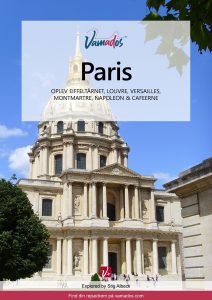
Paris is the city of cities and the place where romance lives and awakens dreams. Here’s something to come by; whether you come for sights, churches, museums, gastronomy, pleasant strolls or maybe just the romance.
The French capital is one of Europe’s largest cities, and you can experience the impressive dimensions everywhere: in the Eiffel Tower, in the large squares and wide boulevards, in the Louvre art collection and not least on a trip to the fantastic castle of the Sun Kings Versailles.
Paris is waiting for you, and at vamados.com you can also find cheap flights and great deals on hotels for your trip. You just select your travel dates and then you get flight and accommodation suggestions in and around the city.
Notre Dame • Eiffel Tower • Louvre • Bastille • Arc de Triomphe • Versailles

Paris is the city of cities and the place where romance lives and awakens dreams. Here’s something to come by; whether you come for sights, churches, museums, gastronomy, pleasant strolls or maybe just the romance.
The French capital is one of Europe’s largest cities, and you can experience the impressive dimensions everywhere: in the Eiffel Tower, in the large squares and wide boulevards, in the Louvre art collection and not least on a trip to the fantastic castle of the Sun Kings Versailles.
Paris is waiting for you, and at vamados.com you can also find cheap flights and great deals on hotels for your trip. You just select your travel dates and then you get flight and accommodation suggestions in and around the city.




Similar to Paris Travel Guide
There are no listings matching your search.
Reset